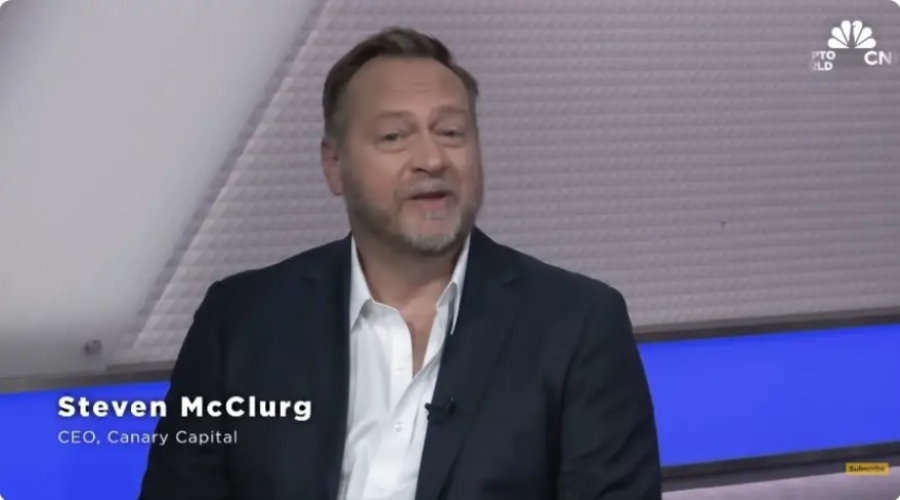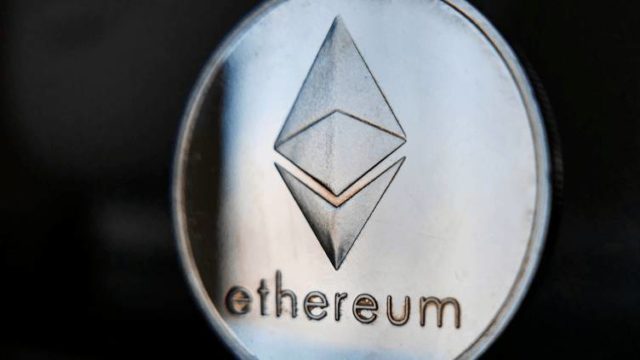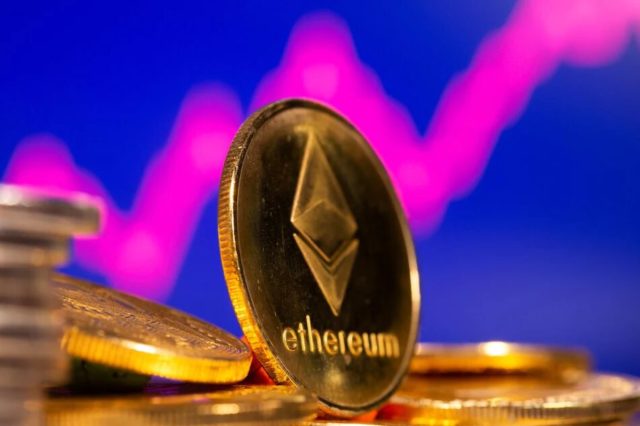- The Mexican Peso is posting gains for the third consecutive day, trading below 18.10 against the US Dollar.
- Weaker US economic data, including a disappointing ADP employment change and rising jobless claims, weigh on the dollar.
- Bank of Mexico Deputy Governor Jonathan Heath echoes the Fed’s cautious stance on rate cuts, supporting the Peso.
The Mexican Peso extended its gains for a third consecutive day on Thursday after evidence that the US economy is slowing weakened the Dollar. This sparked speculation that the Federal Reserve could begin its easing cycle this year as some Fed officials commented that the risks of the dual mandate are more balanced. At the time of writing, USD/MXN is trading at 18.08, down 0.36%.
Mexico’s economic docket is light, but the peso was boosted by Bank of Mexico (Banxico) Deputy Governor Jonathan Heath, who wrote in a post on X on Wednesday that “I agree with Jerome Powell. More benign inflation data is needed before cutting rates. He said that for the Fed, but the same applies to Mexico.”
Apart from this, US data on Wednesday disappointed investors. ADP employment change figures for June missed expectations and were lower than the May data, while the number of Americans filing jobless claims rose, beating estimates and the previous week’s data. This heightened fears that the labour market is weakening, increasing the chances of a rate cut by the Federal Reserve.
Other data showed signs that the US economy is slowing, as the ISM services PMI plunged after hitting its highest level since August 2023, falling into contraction territory,
US Treasury yields therefore fell, undermining the Dollar, which stands at 105.12 and is on the verge of breaking the 105.00 mark.
According to the CME FedWatch tool, the odds of a cut in September 2024 are at 66%, up from 63% a day ago.
Market drivers: Mexican peso rises further on weaker US dollar
- The Banxico survey showed that economists estimate that the Gross Domestic Product (GDP) will end at 2%, up from 2.1%. They expect Banxico to cut rates from 11.00% to 10.25%, compared to the 10.00% projected in May.
- On Monday, Banxico Governor Victoria Rodríguez Ceja was moderate, saying that the evolution of disinflation may “allow us to continue discussing downward adjustments to our rate, and I believe that this is what we will be doing in our next monetary policy meetings.”
- Fed Chairman Jerome Powell said the U.S. economy has made significant progress on inflation, while adding that the risks from the Fed’s dual mandate are more balanced.
- US employment data showed that ADP employment change in June added 150,000 jobs, missing the 160,000 estimate and 157,000 in the previous month; while initial jobless claims for the week ending June 29 came in at 238,000, beating estimates of 235,000 and the previous reading of 234,000.
- The ISM services PMI for June plunged into recession territory, from 53.8 to 48.8, the fastest pace in four years and its weakest level since May 2020.
Technical Analysis: Mexican Peso soars sharply as USD/MXN falls below 18.10
The USD/MXN extended its losses to three consecutive days, with the pair breaking the next psychological support at 18.10, which exacerbated a test of the 18.05 figure earlier in the day. Momentum suggests that buyers have lost strength, as shown by the RSI, which is pointing lower on the verge of piercing the neutral 50 line despite remaining bullish.
If USD/MXN falls further, the next target is the psychological level of 18.00. Breaking below this level would expose the next support at the December 5 high, which turned into support at 17.56. Further decline targets the 50-day simple moving average (SMA) at 17.37.
Conversely, if buyers push the spot price above 18.50, it could rally towards the June 28 high of 18.59, potentially extending gains to challenge the year-to-date high of 18.99.
Interest Rates FAQs
Financial institutions charge interest rates on loans to borrowers and pay them out as interest to savers and depositors. These are influenced by base interest rates, which are set by central banks based on economic developments. Central banks are typically mandated to ensure price stability, which in most cases means targeting an underlying inflation rate of around 2%.
If inflation falls below target, the central bank can cut base interest rates, in order to stimulate lending and boost the economy. If inflation rises substantially above 2%, the central bank typically raises base lending rates to try to reduce inflation.
In general, higher interest rates help strengthen a country’s currency by making it a more attractive place for global investors to park their money.
Higher interest rates influence the price of Gold because they increase the opportunity cost of holding Gold rather than investing in an interest-bearing asset or depositing cash in the bank.
If interest rates are high, the price of the US Dollar (USD) usually rises and since Gold is priced in dollars, the price of Gold falls.
The federal funds rate is the overnight rate at which U.S. banks lend to each other. It is the official interest rate typically set by the Federal Reserve at its FOMC meetings. It is set within a range, for example 4.75%-5.00%, although the upper limit (in this case 5.00%) is the figure quoted.
Market expectations for the Federal Reserve funds rate are tracked by the CME’s FedWatch tool, which measures the behavior of many financial markets in anticipation of future Federal Reserve monetary policy decisions.
Source: Fx Street
I am Joshua Winder, a senior-level journalist and editor at World Stock Market. I specialize in covering news related to the stock market and economic trends. With more than 8 years of experience in this field, I have become an expert in financial reporting.








